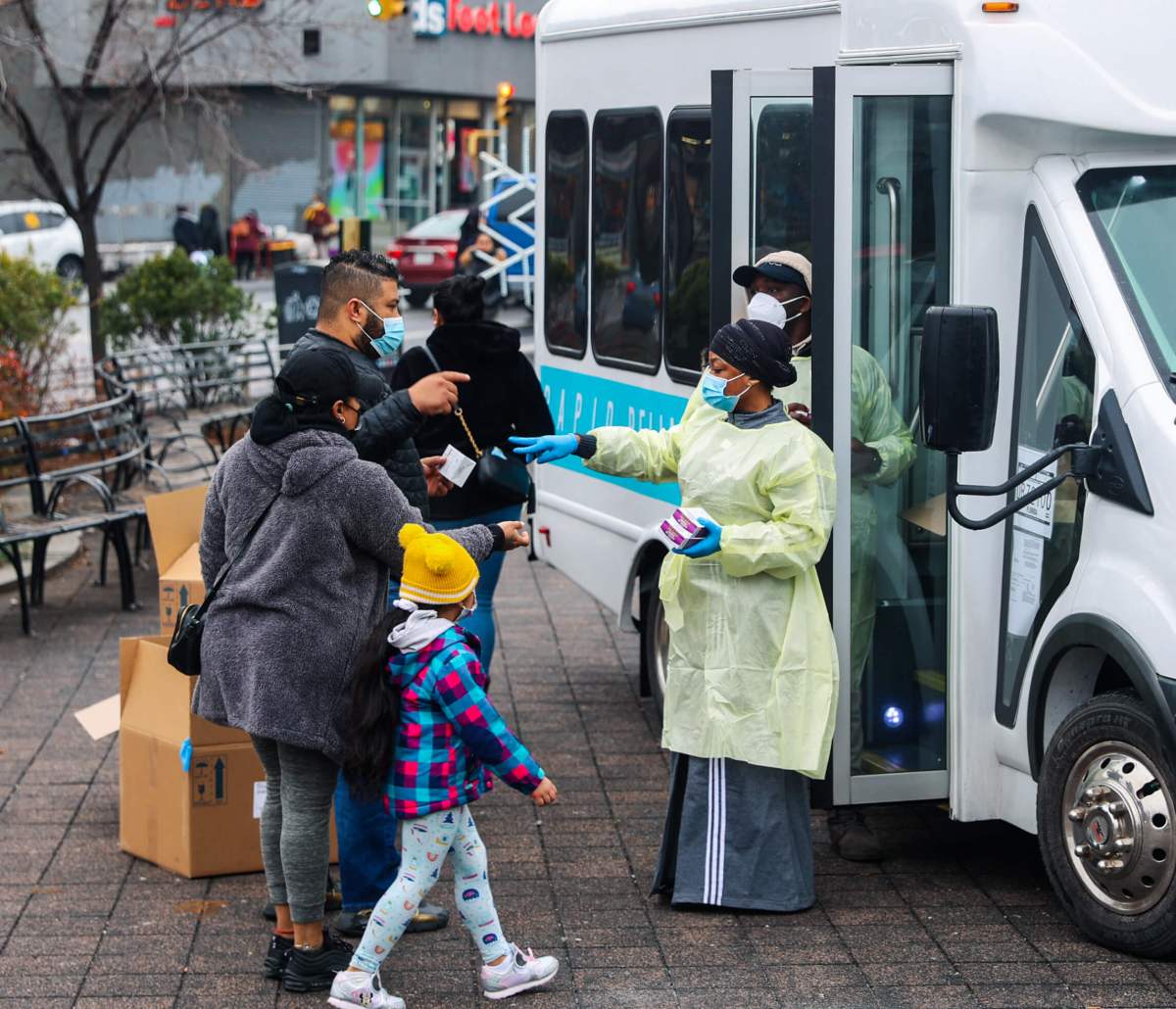BY ALEX MITCHELL AND ROBERT POZARYCKI
Financial struggles brought on by the coronavirus pandemic will keep 15 Catholic schools across New York City closed for good.
The Archdiocese of New York announced Thursday the permanent closure of 20 Catholic schools downstate — six being in the Bronx, three on Staten Island, two in Manhattan, and others in surrounding suburbs, the Archdiocese of New York announced.
Likewise, the Diocese of Brooklyn and Queens also announced on July 9 the demise of six Catholic academies in both boroughs. Years of sagging enrollment had created financial hardship by itself, but the diocese said the significant drop in registration totals for the upcoming 2020-21 school year was the last straw.
The permanently closed Brooklyn diocesan schools are Queen of the Rosary in Williamsburg, Brooklyn; St. Gregory the Great in Crown Heights/Flatbush, Brooklyn; Our Lady’s Catholic Academy in South Ozone Park, Queens; Our Lady of Grace in Howard Beach, Queens; Holy Trinity Catholic Academy in Whitestone, Queens; and St. Mel’s Catholic Academy in Flushing, Queens.
In the archdiocese, the Bronx’s Saints Philip & James School in Williamsbridge, St. Thomas Aquinas School in Crotona, St. Luke School in Mott Haven, St. John’s School in Kingsbridge, Nativity of Our Blessed Lady School in Edenwald, and Our Lady of the Assumption School in Pelham Bay are immediately closed.
Also not reopening in September are Manhattan’s Corpus Christi School in Morningside Heights and Our Lady of Pompeii School on Bleecker Street and Staten Island’s St. Joseph-St. Thomas School in Prince’s Bay, Our Lady of Mt. Carmel-St. Benedicta School in Port Richmond, and Saints Peter & Paul School in Randall Manor.
It is expected that 2,500 students and 350 staff will be impacted by the closures, according to the archdiocese.
The Archdiocese of New York cited that many families were unable to pay current tuition due to COVID related unemployment, leading to “a significantly low rate of re-registration for the fall.”
Some blame was cast on months of cancelled masses and fundraising which went to scholarships as being a critical blow to the schools’ permanent closure.
“Too many have lost parents and grandparents to this insidious virus, and now thousands will not see their beloved school again,” said Cardinal Timothy Dolan, Archbishop of New York.
“Given the devastation of this pandemic, I’m grateful more schools didn’t meet this fate, and that Catholic schools nearby are ready to welcome all the kids,” Dolan added.
Meanwhile, Superintendent of Schools for the archdiocese, Michael J. Deegan is fearful that this is only the beginning of larger school closures to come.
“If more assistance is not forthcoming in the longed for HEROES Act now before Congress, I am afraid even more might close. This is a very sad day for everyone in the extended Catholic school community,” he said.
As for the Brooklyn/Queens school closures, the Diocese of Brooklyn reported that the six affected schools racked up more than $630,000 in tuition bills during the past school year that remain outstanding. Registration significantly dipped during the pandemic, largely due to widespread unemployment and business losses.
“This is an incredibly sad day for our Catholic community to have to close these schools, but the devastation caused by the coronavirus pandemic is insurmountable. The difficult decisions come after the intense analysis of the financial picture of each academy,” said Thomas Chadzutko, Ed.D., Superintendent of Schools.
The diocese said it will offer assistance to affected students and families, including a one-time financial grant to enroll in another Catholic school within the diocese.
Despite the setback, the Diocese of Brooklyn remains optimistic about the state of Catholic schools in the coming year — one that will include remote learning and other challenges directly related to the pandemic.
“Our smaller and caring community of schools has many advantages as witnessed by how quickly we adapted to remote learning this spring,” Chadzutko said. “Our devoted teachers and staff supported every child with the tools they needed to continue their education. We will continue to improve on this so we can be ready to handle any challenge this coming fall.”


































